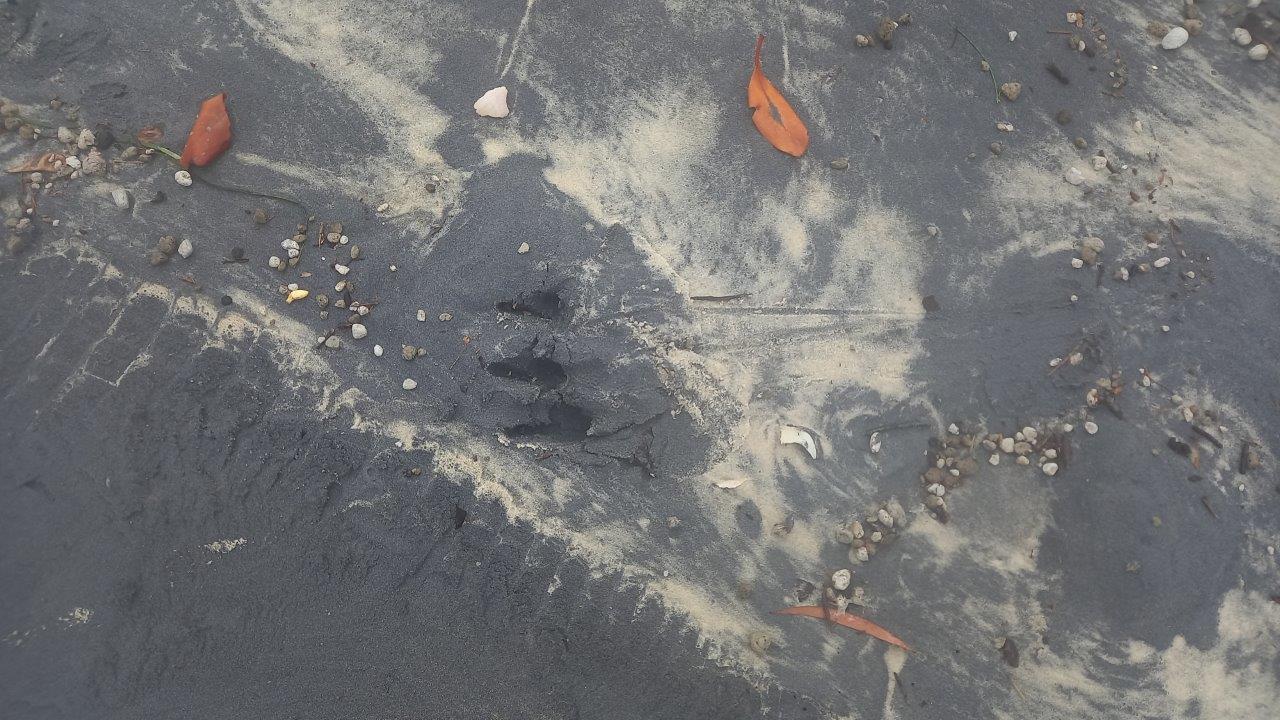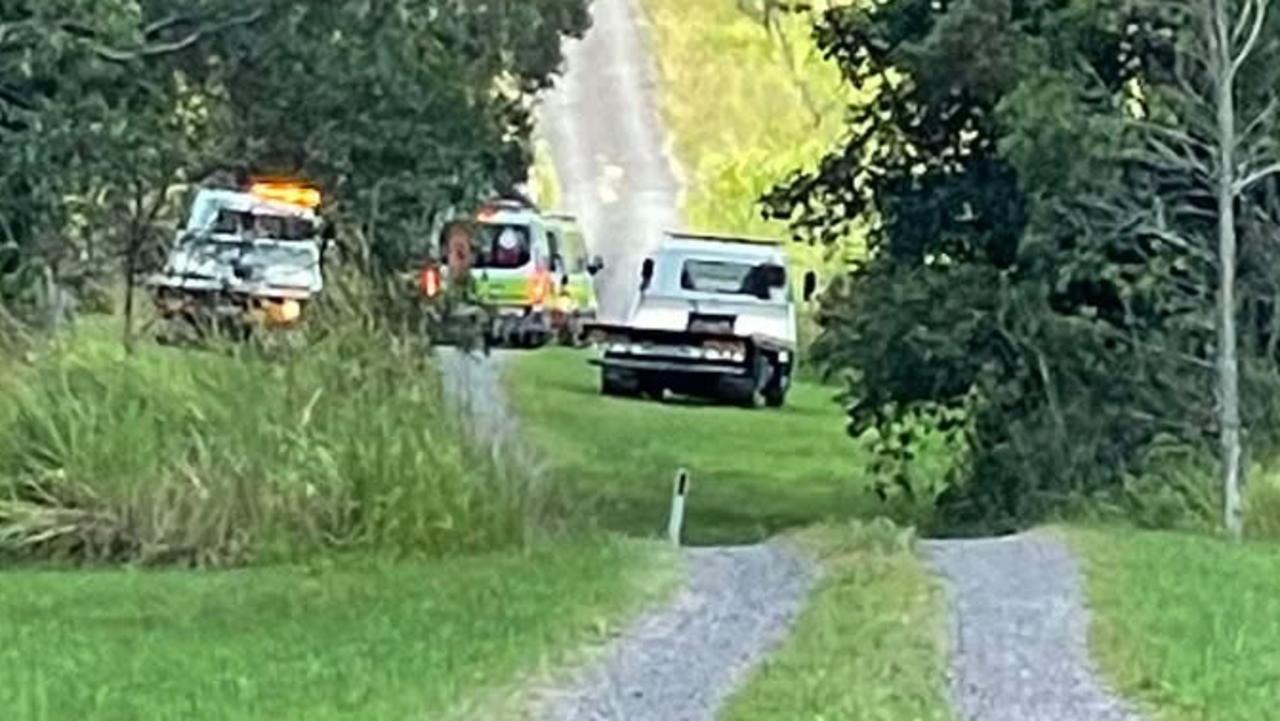Revealed: The story behind Gympie’s big pineapple
Inside the rise and fall of Gympie’s giant pineapple which for 30 years dominated the city’s skyline and sparked many debates over how it compared to its southern neighbour.
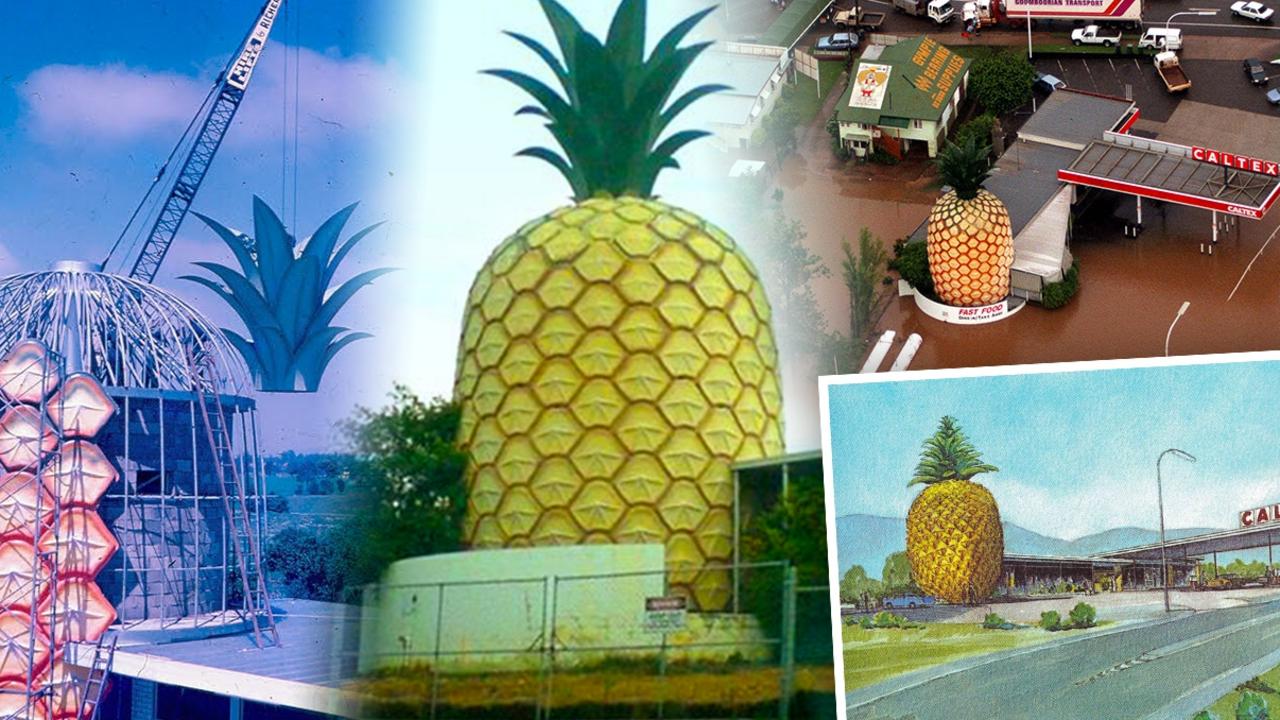
Gympie
Don't miss out on the headlines from Gympie. Followed categories will be added to My News.
The regional city of Gympie, about 170km north of Brisbane, is known primarily for its gold rush and key role as the town that saved Queensland.
But for almost 40 years it had another draw too, one at the centre of a still-ongoing argument with the region’s southern Sunshine Coast neighbours: whose pineapple was bigger.
Woombye’s heritage-listed Big Pineapple may be an iconic draw for the state but for 37 years it was far from unique, with Gympie playing host to its own fibreglass first.
Gympie’s 16m-tall pineapple, known in promotional material as the “giant” pineapple, stood at a Caltex service station at the corner of Monkland St and the Bruce Hwy for more than three decades after its construction in 1971.
David English has a unique tie to the pineapple, which was built by his father, named David too.
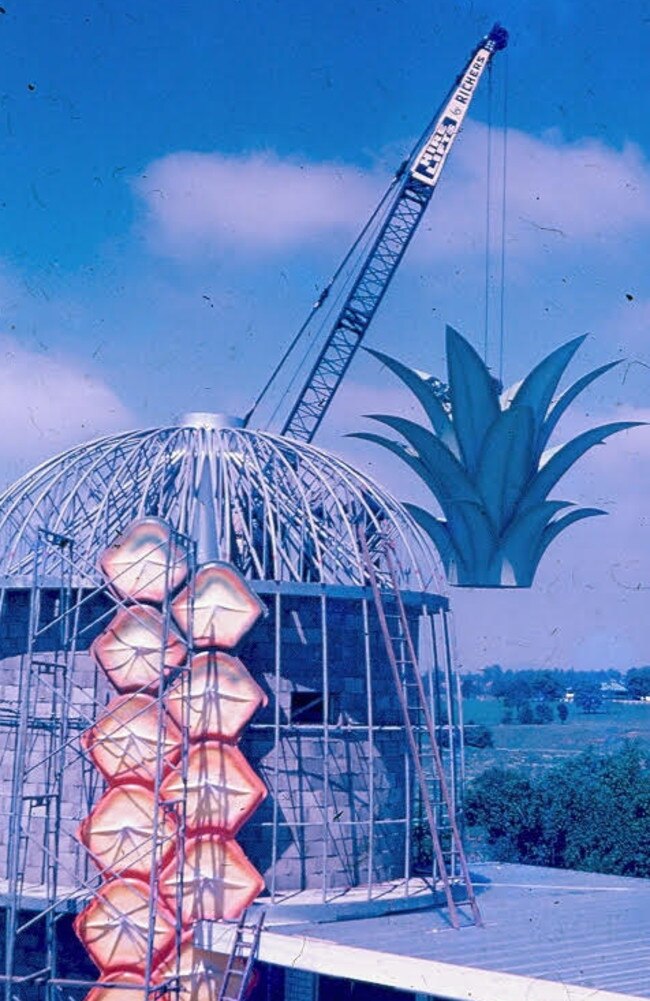
Mr English had memories of going to the construction site
He said the moulds for the two iconic pineapples were made by Gympie-based WC Prongers.
Media reports note the service centre and its pineapple opened in October 1971, two months after the Sunshine Plantation launched with its own 16m green and gold icon.
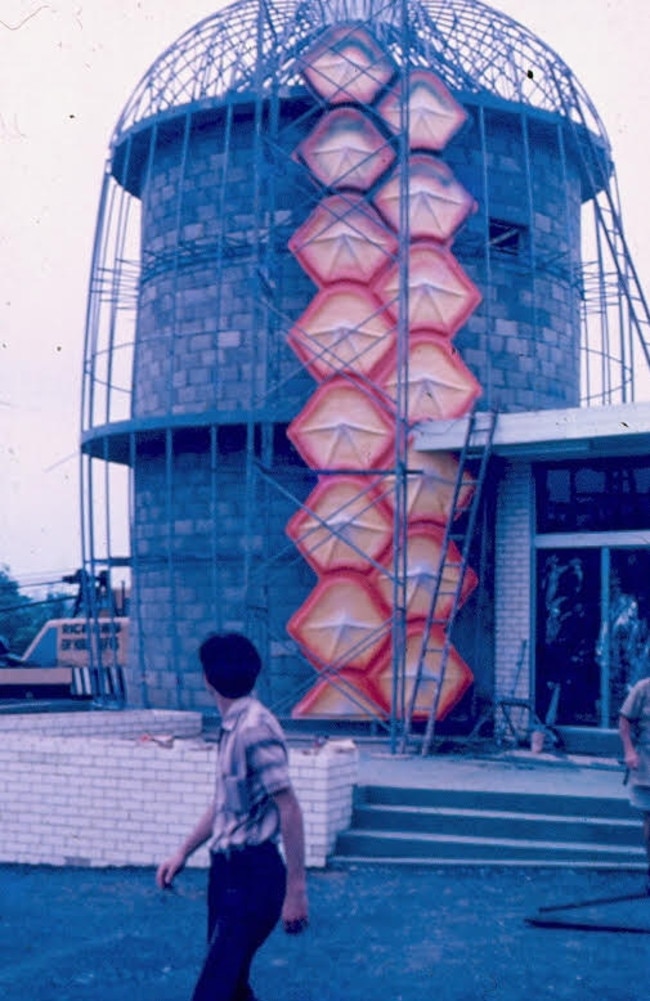
However Mr English said Gympie’s was certainly in the planning stages “a lot earlier”.
Mr English was happy to settle another part of the debate, too, saying the one at Woombye “wasn’t as big as ours”, even if it only outstripped the competition by “a couple of feet”.
There was another subtle difference between the pair too; Gympie’s was a smooth leaf pineapple, representing the same type as was once grown on many farms across the region.
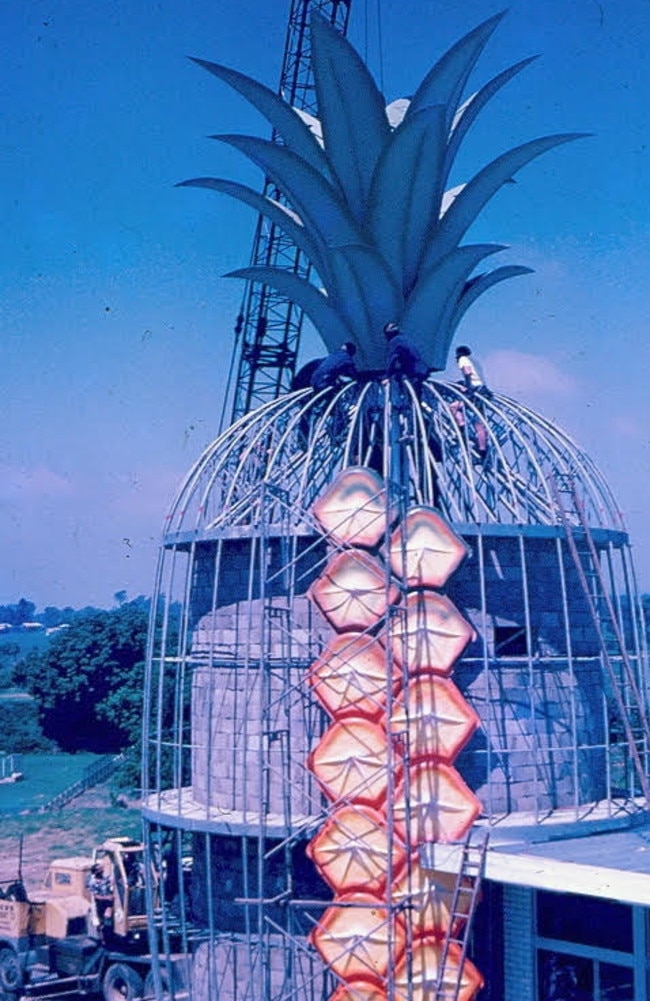
Mr English said those farms had unfortunately mostly vanished, much like the city’s once-vaunted attraction.
“You hardly see them,” Mr English said.
The pineapple was built at the same time as the Caltex service station it called home.
It was not long before the pineapple was exposed to another long standing Gympie tradition: the flood.
In its first three years it endured an 18.39m flood in February 1972, a 15.85m flood in April of that same year, a 19.61m flood in July of 1973, and then two floods of 17.65m and 20.73m in late January of 1974.
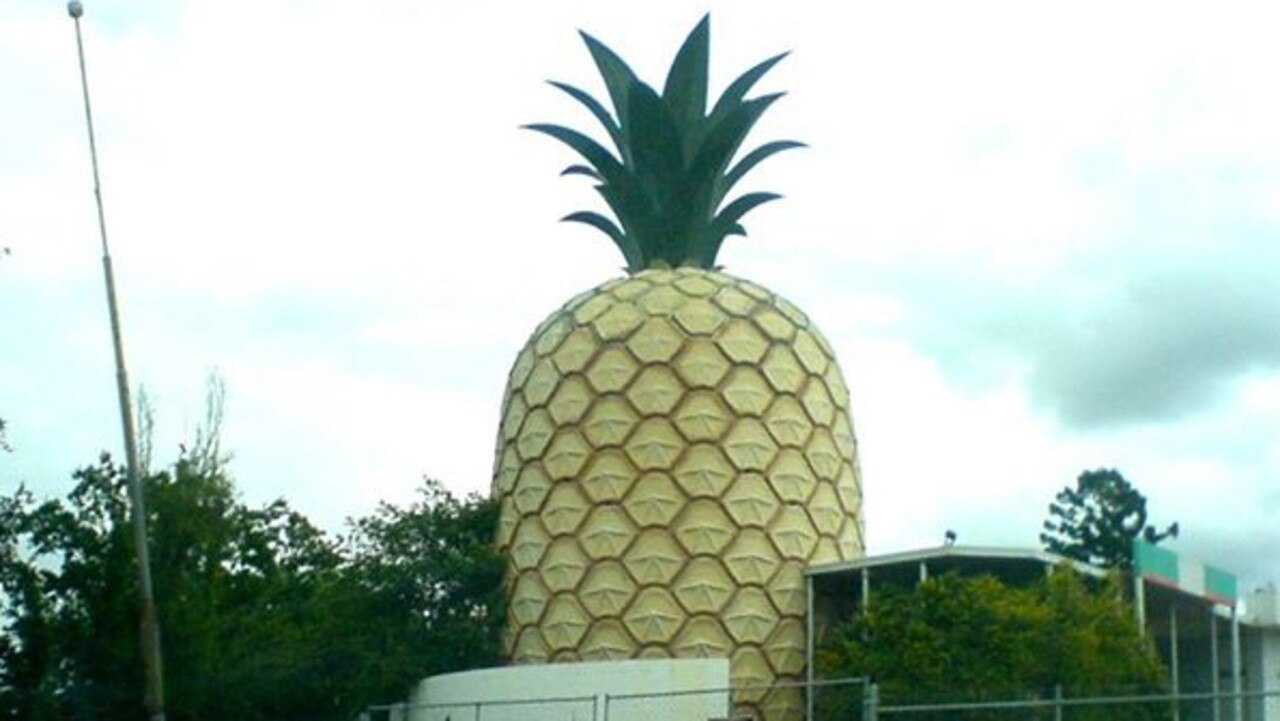
Mr English said it went on to become a “landmark” for the city, serving as a meeting spot for friends, tourist information centre, and tourist draw for 37 years.
Its existence caused confusion too, with many travellers who saw it mistaking it for its more famous southern neighbour while trekking up and down the highway.
The pineapple’s run came to an abrupt end in 2008 when the service centre was redeveloped and Caltex moved about 50m further up the Bruce Hwy.
Craig Warhurst, who worked with The Gympie Times, said “a lot of people wrote into the paper wanting it saved but the cost to fix it was over the top”.
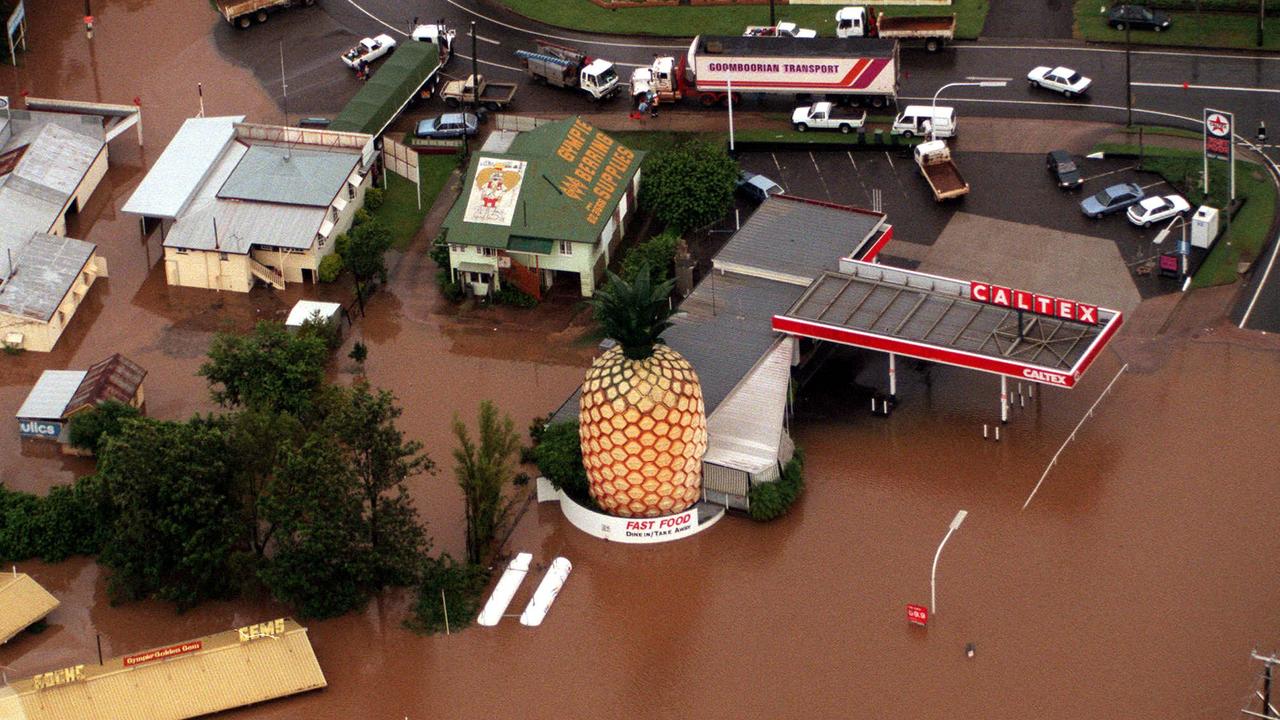
“The reason they had to get rid of it was because the fibreglass had deteriorated to a point it couldn‘t be salvaged,” Mr Warhurst said.
Gympie Regional Council was offered the chance to relocate the pineapple, but as it would have to foot the bill it was deemed too expensive.
As it was privately owned there was little say the community had in its fate but “it was sad it was taken down and not refurbished”.
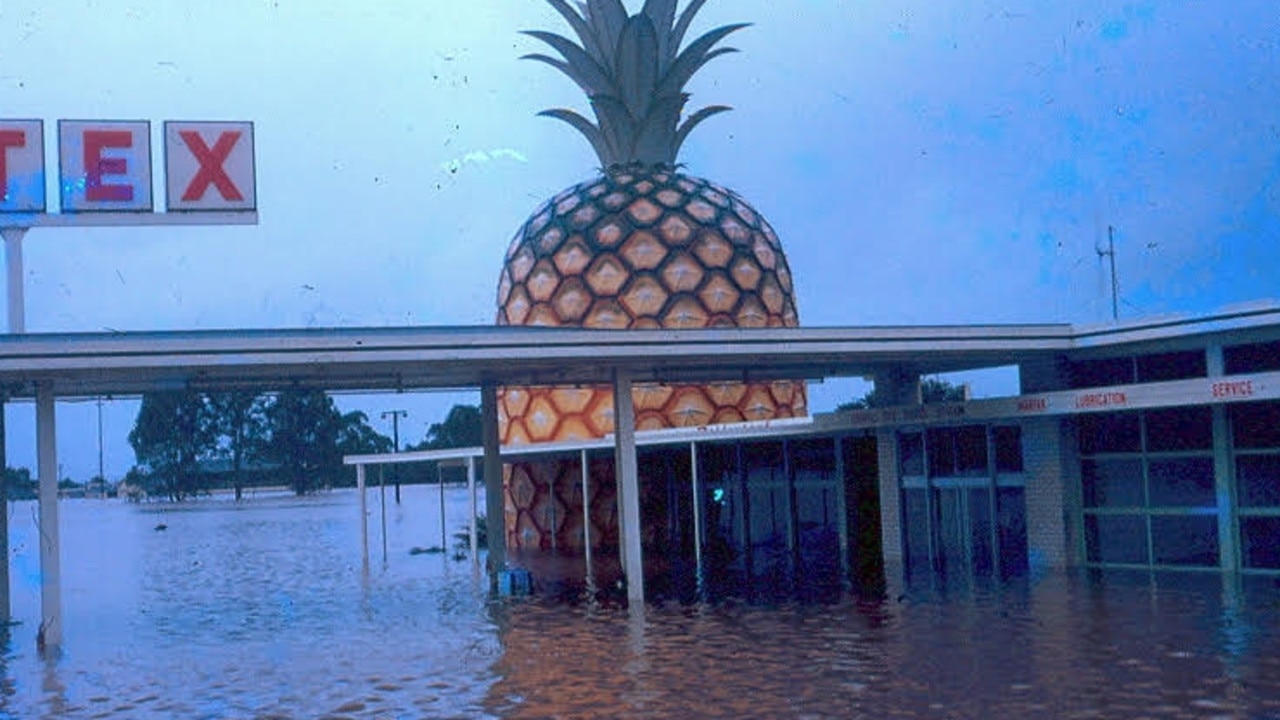
“It was a Gympie icon and the service station was known nationwide,” Mr Warhurst said.
“You used to be able to walk up inside it and look out slots in the pineapple over Albert Park and the highway.”
He said its owners could not be blamed for taking the cheaper option but it was “still a great shame to lose it”.
“We used to take all our friends that visited Gympie there when we were kids.”
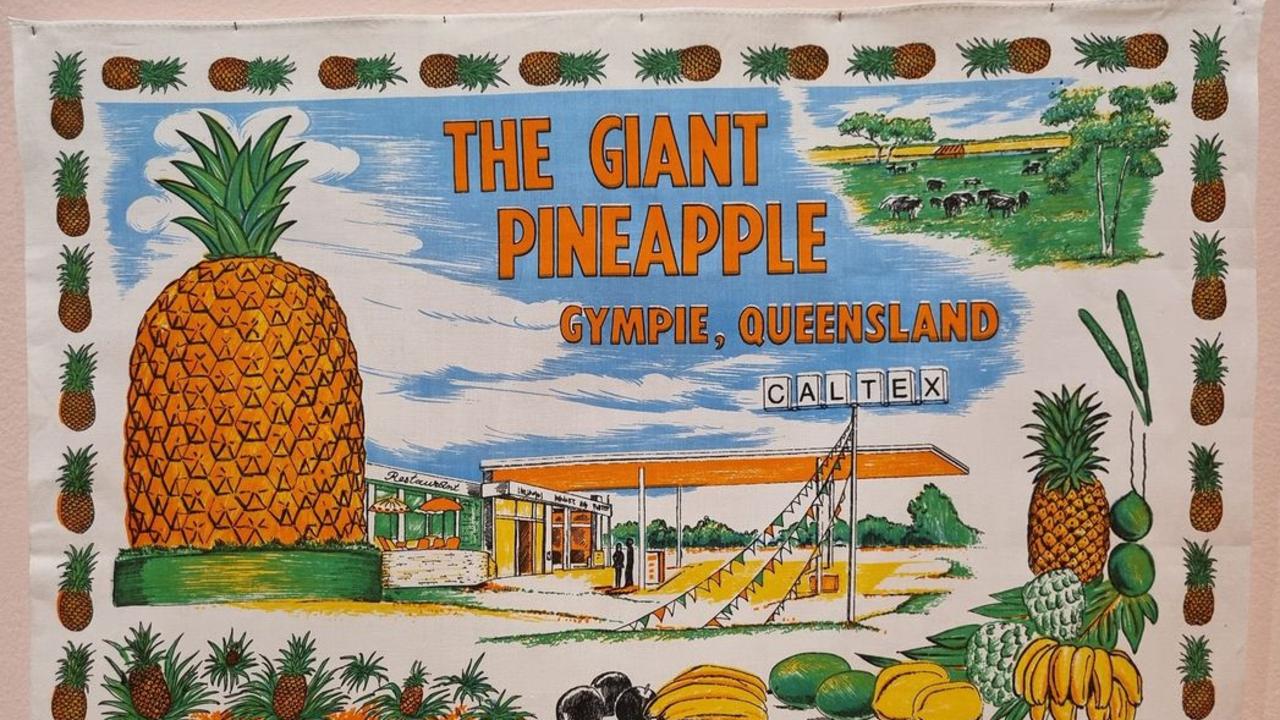
Longtime Gympie resident and history buff Mal Dodt, who runs the popular Gympie The Real Treasure is the Town Facebook page, agreed saying it was “one of those things no-one really had a say in”.
“I loved it,” said Mr Dodt, noting it was landmark to help those who may have lost their way in the city.
“It was always known as pineapple corner,” Mr Dodt said.
“Now we’ve got to rely on KFC corner.”
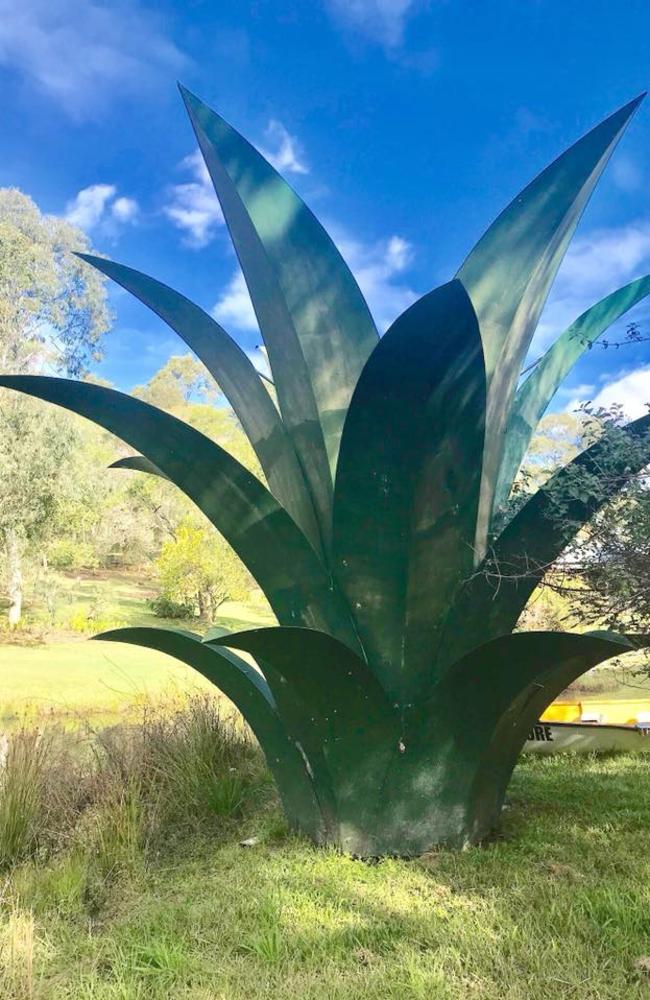
He doubled down on Mr English’s view about its origins.
“It definitely came first,” Mr Dodt said.
Mr Dodt also launched a memorial page for the pineapple on Facebook the same year it was demolished.
The page still draws comments and images from its more than 200 members today.
One in August last year flagged a tea towel commemorating Gympie’s pineapple was part of a Queensland tea towel exhibit running at the state library.
Woven badges of the attraction were also created during its lifetime, and T-shirts bearing its iconic visage were once printed too.
Mr English said his father would have been “heartbroken” to see the once iconic highway draw card be torn down.
Pineapple bits have since been spread across the region; the crown resides in the backyard of a private property at Imbil, and Mr English himself has a piece of its skin.
Nothing was missing though, and with the moulds still existing, there remained some sliver of hope the icon may one return to Gympie’s sky line.
“It’s not impossible,” Mr Dodt said.
More Coverage
Originally published as Revealed: The story behind Gympie’s big pineapple






